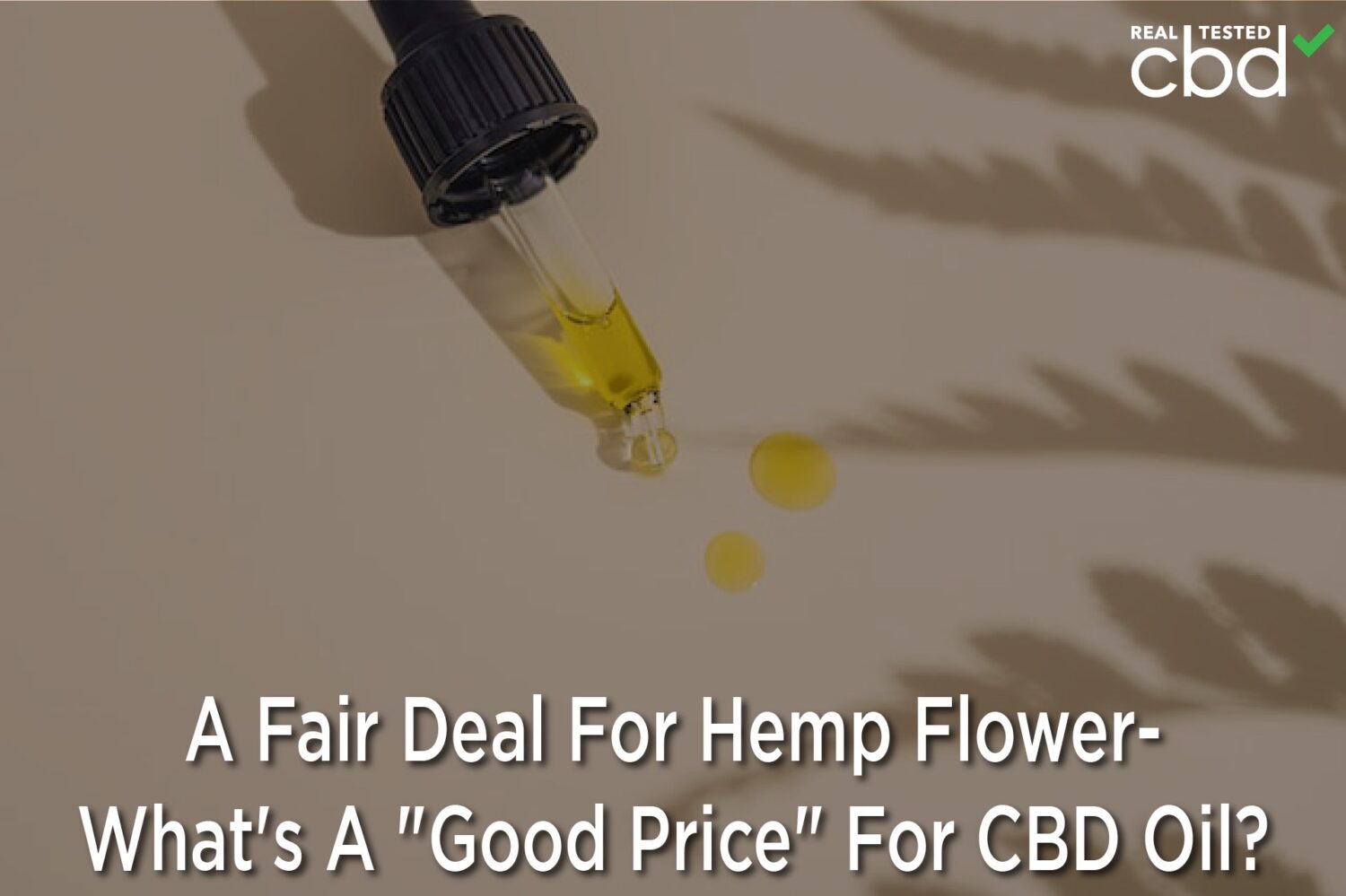
People acquainted with cannabis should know there are two significant subspecies within the cannabis genus: sativa and indica. While sativa and indica strains are still the dominant subcategories, there are technically three major cannabis cultivars. “Cannabis ruderalis” doesn’t get as much press as indicas and sativas, but it has become increasingly pronounced in hemp cultivation circles.
Even if you don’t want to become a hemp farmer, it’s important to know how the ruderalis strain differs from indicas and sativas. Hemp strains that have traces of ruderalis don’t offer the same properties you’d expect from typical CBD hemp flowers. Whether you enjoy vaping hemp strains or smoking pre-roll hemp joints, you should take a few moments to investigate how your CBD farmer grew their flowers.
So, What’s The Big Deal About Cannabis Ruderalis?
Although Cannabis ruderalis plants grew for centuries in countries like Russia and Siberia, it wasn’t until the late 20th century that the scientific community knew of their existence. If you were to happen upon a pure ruderalis plant, chances are you’d mistake it for a nondescript shrub rather than cannabis. However, as scientists began running tests on this plant, they discovered it is a distant relative of cannabis.
Why is ruderalis in a different category than indicas and sativas? The primary difference between ruderalis strains and other cannabis subspecies is its flowering schedule. Unlike indicas and sativas, ruderalis plants aren’t “photoperiod sensitive.” In other words, ruderalis strains don’t rely on the daily light patterns to tell them when they should flower.
Sativa and indica strains evolved in areas with more reliable seasonal changes in light patterns. So, once daylight transitions from summer to early fall, these plants “know” it’s time to start flowering. By contrast, cannabis ruderalis didn’t experience huge swings in average daylight while growing in Russia. Therefore, these plants somehow learned to flower automatically after about eight weeks.
The catch is that cannabis ruderalis strains don’t produce as many terpenes or cannabinoids as in sativas or indicas. Indeed, if you were to smoke colas from an unpollinated female ruderalis strain, you probably wouldn’t experience any cannabinoid-related effects.
How Could Ruderalis Genes Affect CBD Hemp Flowers?
Since ruderalis strains are trichome-depleted, there’s zero demand for straight ruderalis hemp or marijuana flowers. However, many cannabis cultivators have begun creating hybrids called “autoflowering strains.” These cannabis or hemp strains combine traces of ruderalis and either sativa or indica genetics to get the “best of both worlds.”
Autoflower cultivars mature rapidly and bloom without a change in light schedule. Plus, the inclusion of sativa or indica genetics helps bump up the total cannabinoid count in these flowers.
Remember that auto strains tend to have a lower total terpene and cannabinoid content than photoperiod strains. Also, people who grow autoflowering cannabis typically report they get a lower total yield versus non-ruderalis seeds.
Although ruderalis-influenced strains aren’t as pervasive in the CBD hemp industry, they are making their way into many dispensaries and online shops. While there’s nothing wrong with these hemp flowers, please keep in mind they’ll probably have a lower total CBD concentration versus photoperiod hemp nugs. Always double-check the official lab reports to get a detailed look at the total cannabinoid concentration in your hemp strains.
So, Should CBD Hemp Fans Give Autos A Go?
As mentioned above, the only downside associated with CBD autoflower strains is that they tend to lack the potency of photoperiod hemp flowers. There’s no guarantee an auto strain will be “less potent” than more traditional hybrids, but it’s more likely you won’t enjoy the same intensity of CBD with these hemp flowers. Depending on your preferences, this may not be a negative feature. Just be sure you know the average cannabinoid concentration in your CBD strains beforehand to prepare for your smoking experience.
FYI: If you’re looking for high-quality lab-verified CBD hemp flowers or pre-rolls, please read through Real Tested CBD’s unbiased reviews. You can find our current picks for the best CBD hemp strains on this link.
Advertising disclosure: We may receive compensation for some of the links in our stories. Thank you for supporting LA Weekly and our advertisers.

